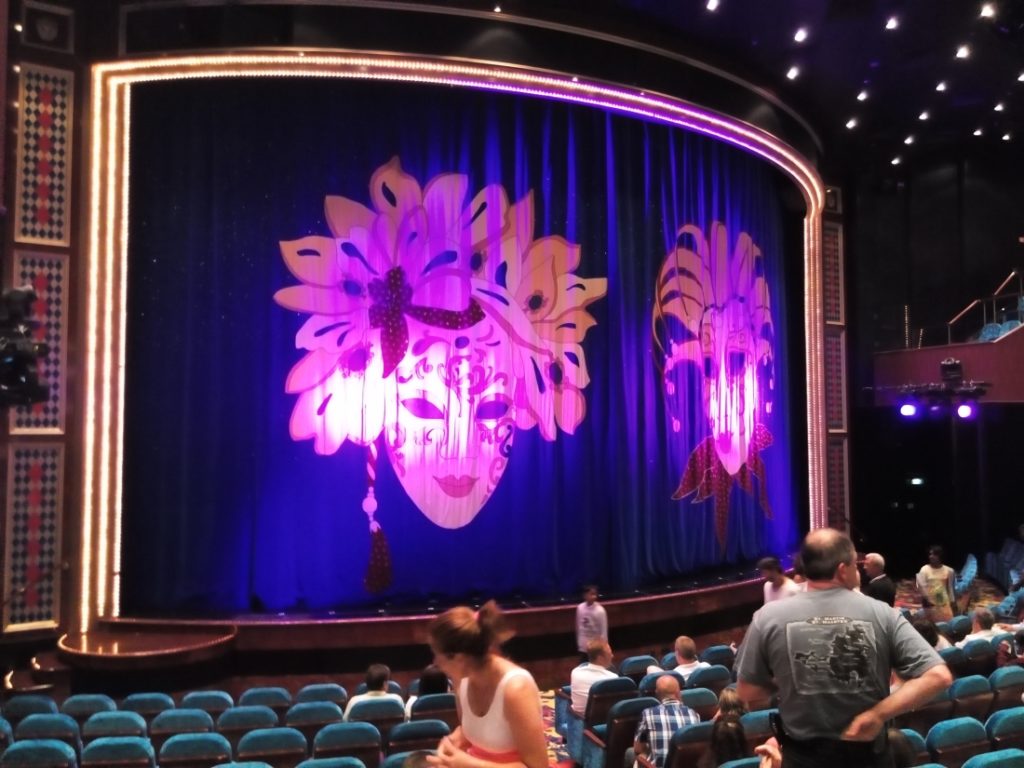People take cruises for many reasons. So, apart from the niche players in the market who cater to very specific interests, cruise companies have to design their ships to provide something for everyone.
That means paying close attention to the menu, the shore excursions, the amenities and, crucially, the entertainment program.
For me, the entertainment can make or break a cruise.
My favourite experiences have been on longer cruises with lots of sea days — including transatlantic cruise on the Norwegian Epic and a journey through the Suez Canal on the Mariner of the Seas.
These included not just the Broadway- and Vegas-style shows — jukebox musicals, magicians, circus acts, comedians — and the game shows for which NCL and Royal Caribbean (and others) are well known, but lectures and other diversions.
On the Mariner, two American ancient history professors gave talks about the destinations in Egypt and Jordan; while the Epic’s program included workshops conducted by a hypnotist who also did an amusing stage show, and a lecture about railways of the 1920s and ’30s, accompanied by a short film on the subject. The latter was more interesting and entertaining then you probably imagine.
I know that all cruise lines put a lot of effort into creating a diverse entertainment program — and that’s a particular challenge on their smaller vessels.
The larger ships come with a lot of bells and whistles — skating rinks, dodgem cars, 4D cinemas, wave machines, thrill rides and so on — but a small ship’s cruise director has to be a bit more imaginative when planning guest activities.
 The challenge is to go beyond bingo and endless quizzes, and find something to engage even hard-to-please people.
The challenge is to go beyond bingo and endless quizzes, and find something to engage even hard-to-please people.
Sadly, NCL has axed one idea that engaged me during a trip on the Norwegian Star a few years ago — a pub crawl across all the ship’s bars. I guess that one proved just a little too difficult to manage (perhaps my companions and I ruined it for everyone).
At least I’ve still got the T-shirt!

